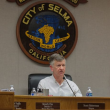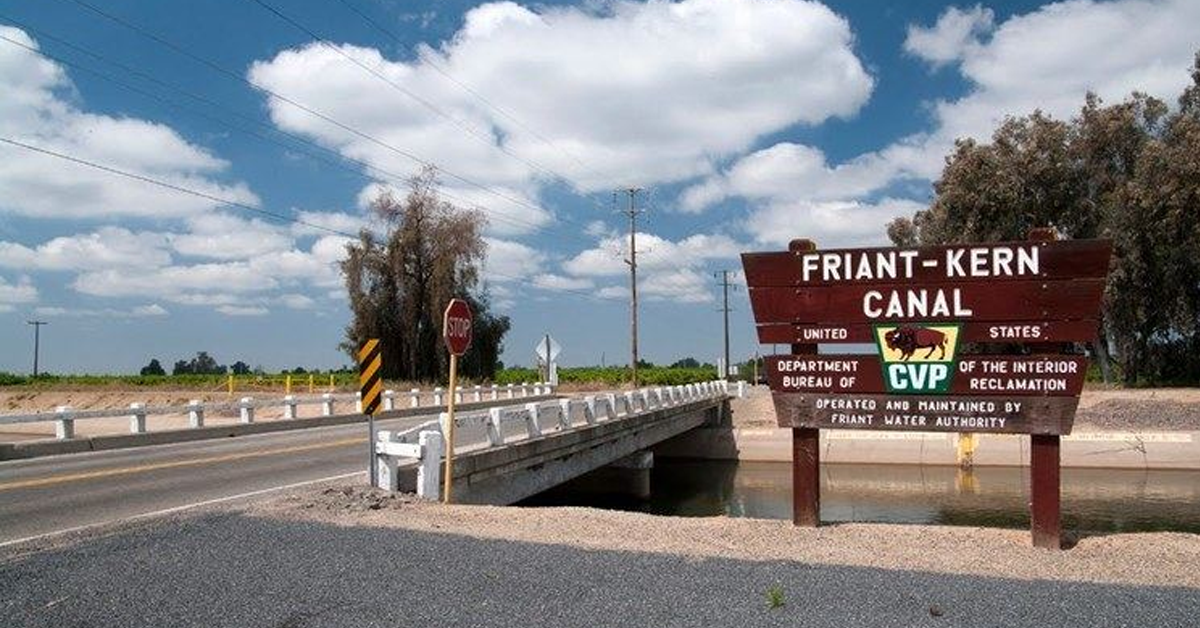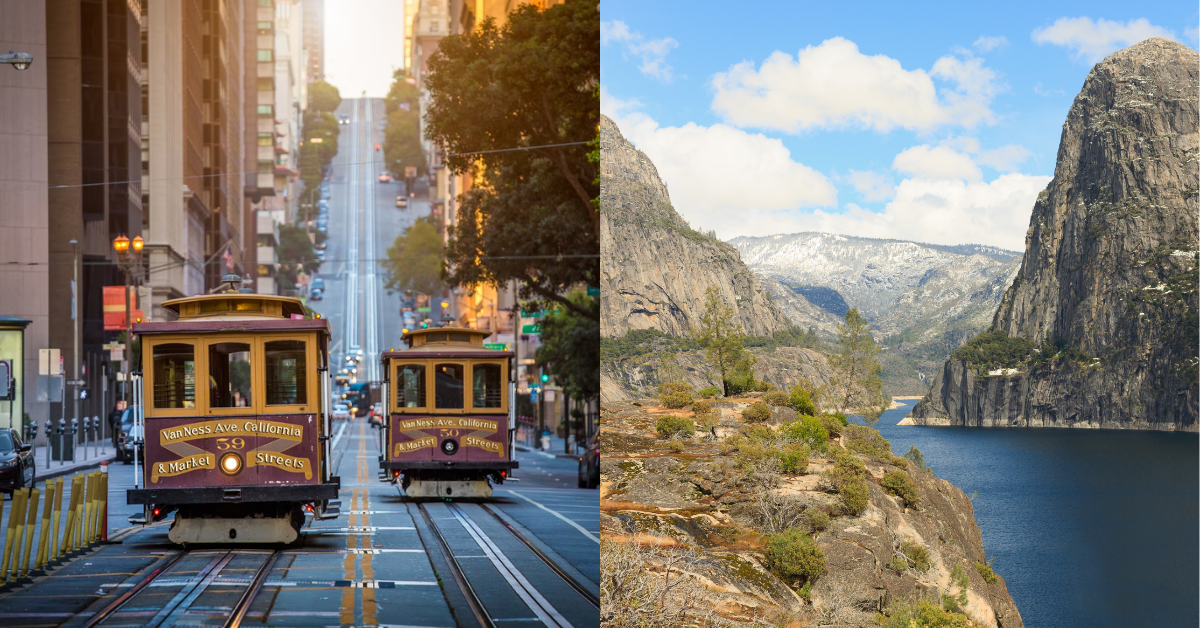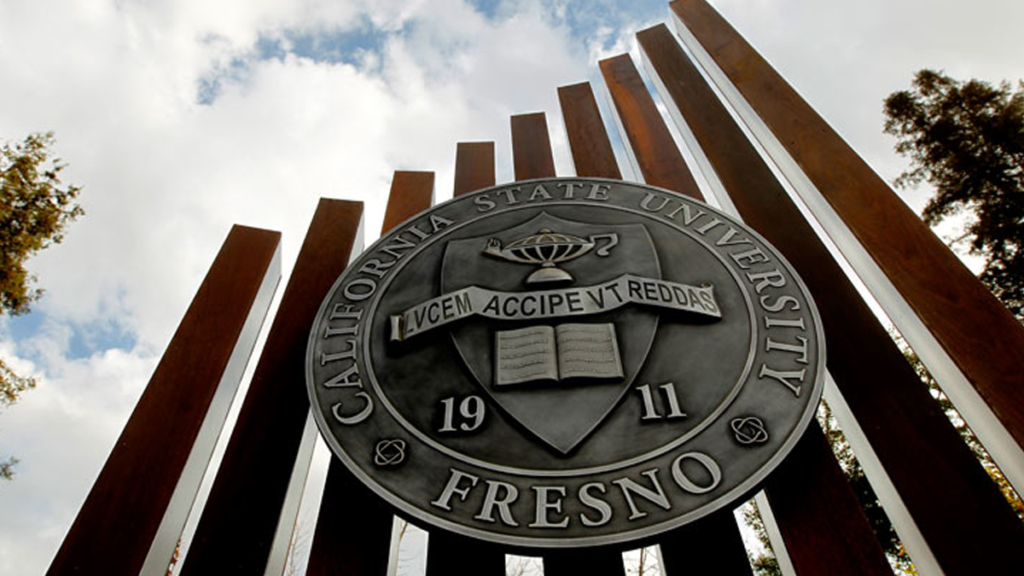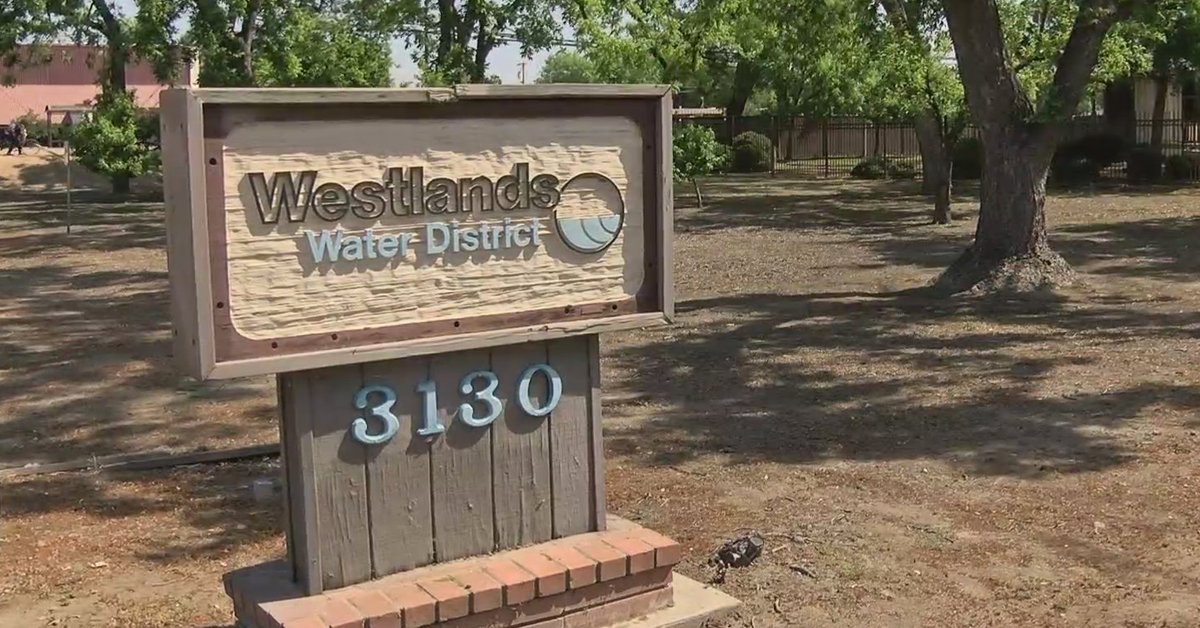No sensible person questions the importance of water infrastructure in California.
The state that boasts the fifth-largest economy on the planet would be significantly uninhabitable without it. Maintaining that infrastructure so that it operates the same as the day after its construction should be a priority with water users and politicians.
The issue of subsidence on the Friant-Kern Canal, the attention it has garnered, and accompanying solutions are apparently void of the usual partisanship experienced in California’s water world as both state and Federal legislation has been introduced to authorize significant funding for the project.
In the midst of efforts to block new science and halt additional above ground storage of water, the significance of what the Friant-Kern Canal contributes to California’s water system is obviously a priority regardless of political affiliation.
This issue not only stands out because of bipartisan involvement, interest, and willingness to solve the problem, but also the innovative example being set by the Friant Water Authority to fund the project.
Bringing an innovative approach and model to solve problems with water infrastructure is necessary given California’s 40 million residents and its role in feeding America and the world.
And yet, we do so with something called the Sustainable Groundwater Management Act (SGMA) hovering over the state.
Land subsidence has become an issue in several areas of the Central Valley. It is not a new problem.
This problem was once met with the construction of the greatest water infrastructure on the planet. The solution to subsidence decades ago was to build infrastructure to capture, store, and deliver surface water that would replace groundwater pumping.
Decades of environmental restrictions have resulted in the transfer of millions of acre-feet of surface water once conveyed throughout the Central Valley remain in specific channels on its way to the ocean.
In the world of capitalism, scarcity of a product raises its price. Water is no different. The cost of water has risen while the amount supplied has decreased. Cropping patterns have changed along with irrigation technology.
While everyone favors efficiency and conservation, California farmers became experts at both in order to survive.
In a series of events lasting several decades, the culmination of water scarcity and cost was accompanied by a historic drought causing groundwater pumping to increase.
Regardless of your opinion on the law, the fact is we now live with the Sustainable Groundwater Management Act (SGMA).
Groundwater Sustainability Agencies (GSA) were formed statewide who submitted Groundwater Sustainability Plans (GSP). Very generally speaking, these are plans which strive to find a balance between the use of groundwater and its replenishment. Nothing has required more cooperation and communication than the effort to implement SGMA.
Restoring the lost capacity of the Friant-Kern Canal requires the same level of cooperation and communication by both the water users who benefit from its deliveries and anyone contributing to the land subsidence causing the inability for the canal to run at capacity.
In 2017, Friant Water Authority realized rapid and increasing subsidence in and around the Tule sub-basin.
While groundwater overdraft was on the rise for years with diminished surface supplies of water, the 2014-16 drought exasperated the problem and caused a “pinch-point” on the Friant-Kern Canal near the city of Porterville to the city of Delano which water managers could no longer mitigate.
In 2017, Friant Water Authority embarked on the solution to restore the canal to its operating capacity. The construction costs amount to around $500 million and Friant Water Authority has already invested a significant amount of time and resources in its design and engineering.
Jason Phillips, Chief Executive Officer of Friant Water Authority wrote, “Since the data demonstrates that the “pinch-point” was caused by overdraft in the sub-basin (Tule), we believe it is appropriate and fair for the groundwater pumpers most responsible for the “pinch-point” to help pay for the cost to correct the capacity.”
Increasingly, the first thought many of us have is to look to the government as the sole solution to our problems.
Fixing the Friant-Kern Canal will require funding from local, state, and federal sources. All of which Friant Water Authority is vigorously pursuing while being open and ready to any opportunity that may arise.
But it is their work in cooperation with GSA’s within the Tule sub-basin that should be noticed and recognized as a model going forward. We spend much time talking and writing about our elected leaders and radical special interest groups doing irresponsible things that put our home-grown food supply in jeopardy.
The concept of contributing to the solution of a problem you have had a part in creating is a good, old fashioned taking of responsibility.
A solution that once finished will benefit you and your neighbors. It is always a good time to be responsible. Friant Water Authority’s efforts to work with Groundwater Sustainability Agencies within the Tule sub-basin is the right approach.
“Skin in the game” is a very important concept and Groundwater Sustainability Plans can and should include components to mitigate damage caused by pumping.
This new approach devised by the Friant Water Authority isn’t the only “outside the box” thinking being kicked around on the eastside.
In addition to the work being done with the GSAs, Friant is also asking for Friant contractors to step up and help contribute a higher share if necessary to complete the project in exchange for dedicated canal capacity when needed in the restored portion of the canal.
Some have referred to this proposal as the “Friant investor option”, but in reality, it’s just another way for the Friant Water Authority and the districts and communities served by the Friant Kern Canal to take control of their future to ensure the main water delivery artery on the eastside can meet its purpose.
When one looks to the government for help, they look to all of us. We are the government. So then, there should be no surprise or disagreement that everyone with “skin in the game” work to resolve our issues.
Friant Water Authority is pursuing every possible path forward to return the Friant Kern Canal to operating capacity. In doing so, they are pursuing a very simple concept that could be used to fix and possibly build new infrastructure in the future.
It’s a simple concept that is an important component to the overall fix to the Friant Kern Canal.
It’s so simple that other regions dealing with crumbling infrastructure because of land subsidence should follow Friant’s lead.


